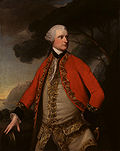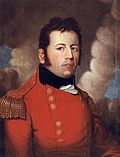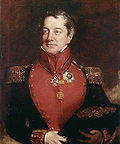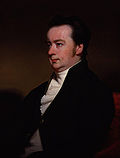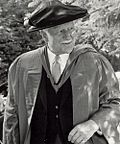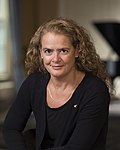| Monarchy of Canada |
|---|
 |
| This article is part of a series |
The following is a list of the governors and governors general of Canada. Though the present-day office of the Governor General of Canada is legislatively covered under the Constitution Act, 1867 and legally constituted by the Letters Patent, 1947 , the institution is, along with the institution of the Crown it represents, the oldest continuous and uniquely Canadian institution in Canada, having existed in an unbroken line since the appointment of Samuel de Champlain in 1627. [1]
Contents
- Lieutenant General/Viceroy of New France, 1541–1627
- Governors of New France, 1627–1663
- Governors general of New France, 1663–1760
- Governors of the Province of Quebec, 1760–1786
- Governors general of the Canadas/British North America, 1786–1841
- Governors general of the Province of Canada, 1841–1867
- Governors general of Canada, 1867–present
- Administrators
- See also
- References
- Further reading
- External links























